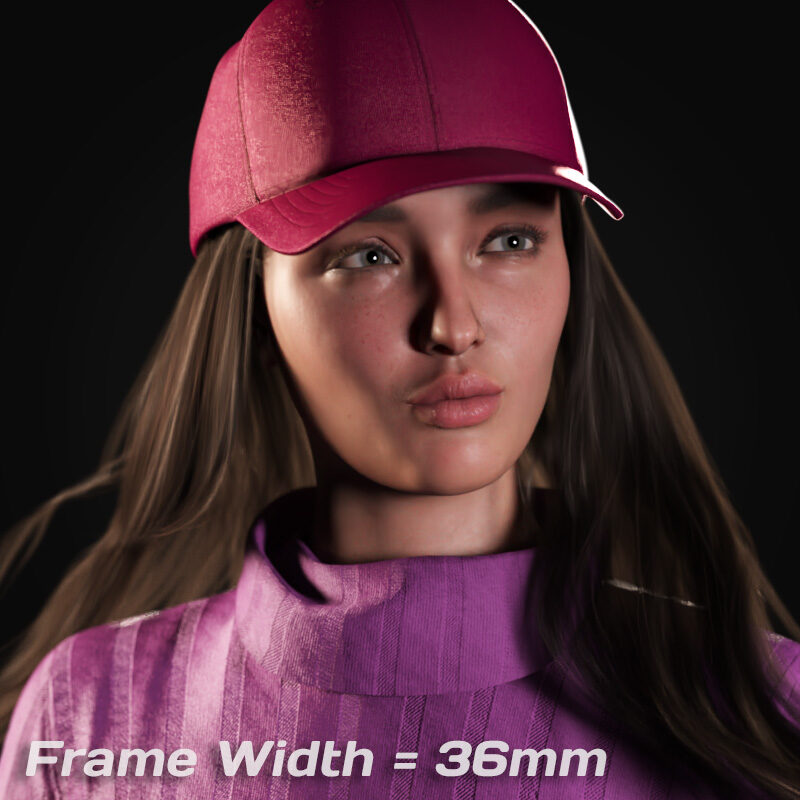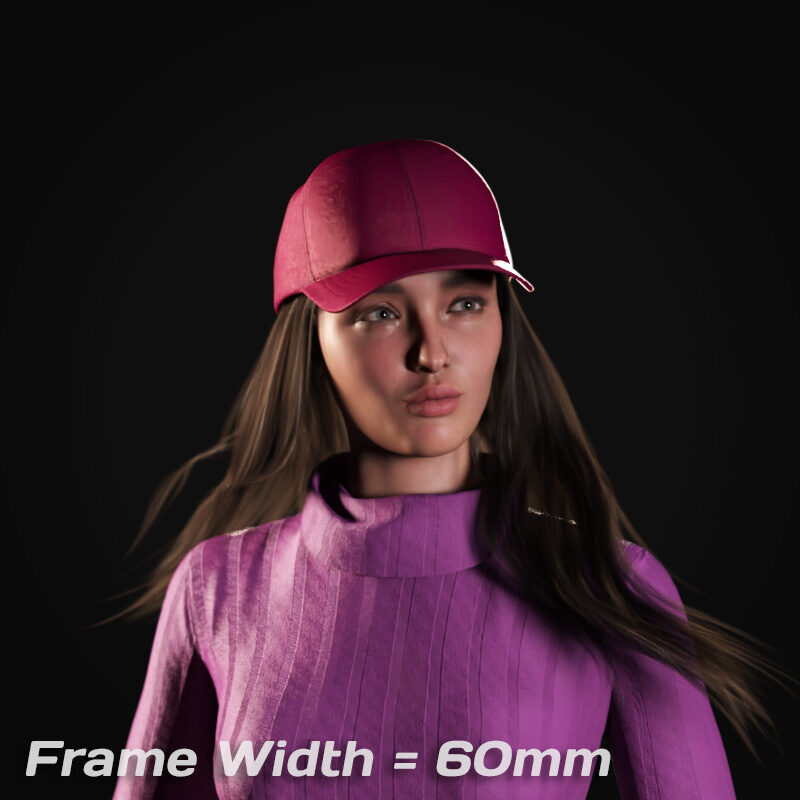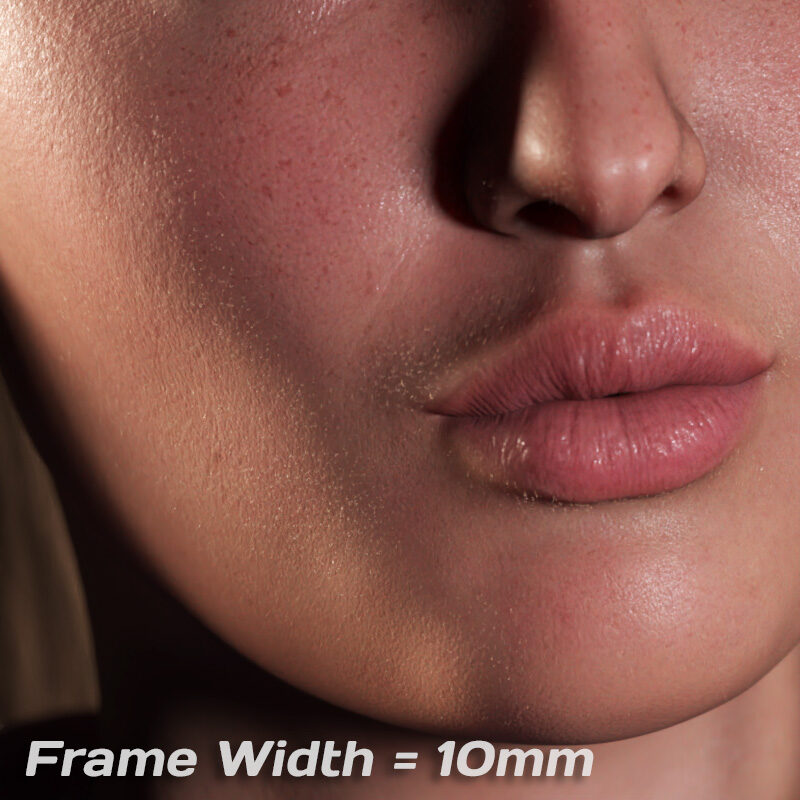We had an interesting discussion on my private Discord server the other day, about the difference between changing the frame width and changing the focal length. At first glace, both options appear to do the same in the viewport. However there’s an important difference and implication on other parameters as you setup your scene.

The Focal Length describes the the distance between focal point of the lens and the lens centre. The Frame Width describes the size of your film back (or sensor), or in other words how large your film plate or negative is if you were to shoot with a real-life film camera.
Changing the Focal Length will impact the magnification and angle of view unavoidably either way, while changing the Frame Width will act as a crop on the output. In that respect, both have an influence on one another. Let’s take a look at some examples.



Notice how changing the frame width while leaving the focal length as changes what appears on the final render. Also note how there’s no influence on the focal distance (i.e. the focussing), so we can use this as a zoom in/out effect without having to worry about correcting the focus. That’s neat.
Strictly speaking, if we were to frame up the same object at the same size with different frame widths, we’d see that this has an influence on the depth of field: a larger frame width technically creates a shallower depth of field, while a smaller one will create more deep focus. This is happening because the position of the camera relative to your object changes, which in turn will change the focal length, in which turn changes how much depth of field we get. This is more noticeable as you decrease the frame size and move further back from your object, as it’s the equivalent of shooting the same framing with a longer lens.
Normal Considerations
This brings us to another interesting point: Photographers distinguish lens types between “normal”, “wide” and “telephoto”. Although it seems a little vague, in photographic terms “normal” means “equivalent of what the human eye sees”.
For example, in 35mm photography with a frame size of 24x36mm, a 50mm lens is regarded as a normal lens. Anything longer than that is regarded as a telephoto lens (like 200mm), while anything shorter is a wide angle Lens (like 18mm). As we know, changing the focal length will change the angle of view and the strength of the foreshortening in our images.
Here’s the interesting bit: with a larger frame width and the same lens, 50mm no longer produces an image that’s equivalent to what the human eye sees. As such, with a frame width of 600x600mm (medium format), 50mm is not a normal lens but a slightly wider lens as it shows more than what we’d see with a 24x36mm film back. Conversely, if we’d use the same 50mm lens on a Super 8 camera with a frame size of 4x6mm, it would appear as a Telephoto Lens.